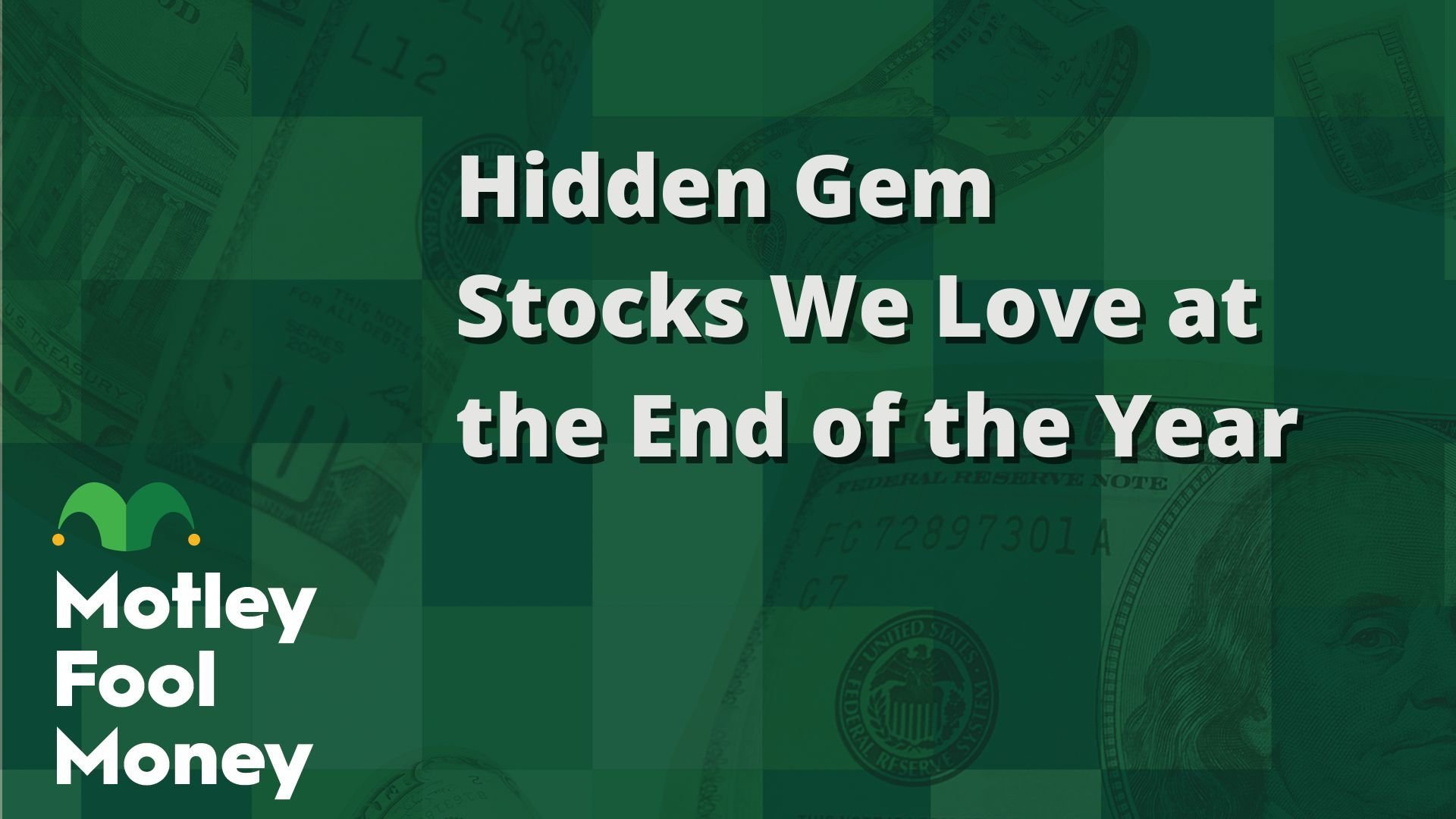Forecasts are a big part of the stock market, but it's important for investors to take them with a big grain of salt. This is especially true when you're looking at forecasts for newer or rapidly growing companies, like many fintech and technology players.
In this Industry Focus: Financials clip, host Jason Moser and Motley Fool contributor Matt Frankel, CFP discuss how forecasts should fit into your research and investment strategy.
A full transcript follows the video.
This video was recorded on Oct. 1, 2018.
Jason Moser: Let's take a look here really quick at another article I was reading over the week. It's something from eMarketer. It was specifically talking about Snap, the parent of Snapchat. Anybody who knows me knows that I've been bearish on this company since they went public. There's just not a lot to like about it, really, in all honesty. I don't want to talk about Snap specifically. I want to talk about forecasts. Unfortunately for Snap, they're going to be the example here.
I'll go ahead and read here. "This year, we estimate that Snap will generate $662.1 million in net U.S. ad revenue, lower than the $1.03 billion eMarketer had projected last March. We now expect that Snap will not break the $1 billion in U.S. ad revenue until 2020."
Now, the reason why I wanted to bring this up is because there's a good investing angle here. I think there's a bigger lesson at play. I thought it'd be an opportunity for us to both share our opinions here, at least on how we look at these forecasts. I know from a personal perspective, when I'm looking at an investment, one of the bigger lessons I've learned in investing over the years is to take these forecasts with a really big grain of salt. It's very easy to look at these forecasts and make it fit your narrative and think, "Oh, man, the sky's the limit. There's so much they can do." But really, at the end of the day, these are just forecasts. Even companies that are focusing on those specific markets can get those forecasts dead wrong. eMarketer is stepping out in front here and saying, "Hey, we got this one wrong."
What do you look for, particularly when it comes to financial companies, when you see these types of forecasts? What are some of the thoughts that enter your mind when you first see them?
Matt Frankel: Generally, I tend to put more stock in the near-term forecasts. It's mathematical fact that the further out you forecast something, the less accurate it's going to be. I tend to put a lot more stock in what's going to happen, say, next quarter than I do over the next three years.
In addition, I find that the newer and faster-growing a company is, the less reliable its forecasts are. With Amazon, for example, a lot of analysts got their sales forecasts completely wrong. Same with Square, one that we always cover.
When it comes to big, established companies -- if I see a forecast of what Bank of America is going to earn next year, OK, I probably will believe it's within a couple of percentage points. But a company like Square, a company like PayPal, take it with a big grain of salt. It's an analyst's best opinion, and analysts get things wrong all the time. Their educated guesses are probably a lot better than mine. That's why they're analysts. But no one has a crystal ball that can tell you what a company is going to earn, what competitive dynamics are going to creep up in the market, which I think has been Snap's big problem. The competition's really eaten into their market share. Especially a few years down the road. No one can tell you what the competitive landscape in an industry is going to look like two years from now. Dynamics like that can really make forecasts unreliable. Take them as part of the bigger picture. Use them in conjunction with a few other investing metrics that you rely on.
Moser: Yeah, I like that. They're not all created equal. I think you make a great point there in that the bigger, more established companies, it certainly depends on what market they're in, but those will be a little bit easier to forecast vs. some new start-up. Those businesses may very well look considerably different even in two to three years' time. We have countless examples of that.
When it comes to forecasts, I think, probably err on the side of being a little bit more conservative. I like to typically lop off about 30% of that estimate right off the top, just as a rule of thumb. But, again, to your point, that is workable, depending on the company and the size of the market.
Frankel: Yeah, it's definitely a valuable tool. Just use it in combination with other metrics that you like to rely on. Don't just look at the forecast and make your investing decision based on that.





